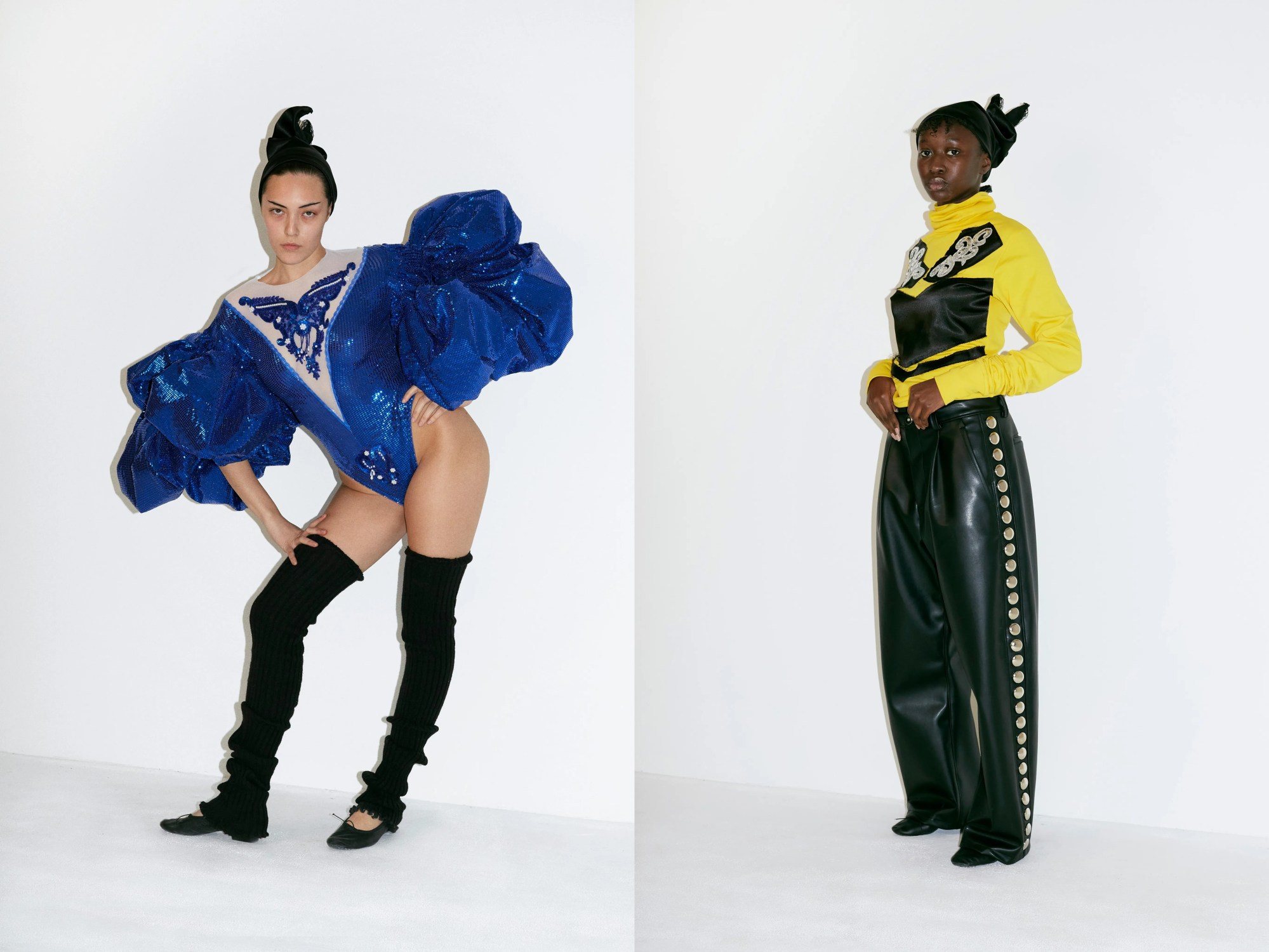All the world’s a stage, and we are all but its weary players, solliloquises Jacques, Shakespeare’s solemn sage in As You Like It. As we all wake up to another day of life in the sci-fi k-hole we’ve been living in the past year, The Bard of Avon’s words feel almost eerily prescient, even if they fall somewhat short. After all, for all the TikToks compelling us to believe that we are the main character, convincing ourselves of that is pretty tough when we’re all really just waiting in the wings. “It’s like this bittersweet moment of waiting to go on stage, being in your show outfit and wearing your dressing gown over the top,” remarks Patric DiCaprio, one of the trio behind New York-based label Vaquera. Here, he’s speaking of the feelings of fraught anticipation that he, Claire Sullivan and Bryn Taubensee have gripped by of late, feelings stirred by having to delay their seasonal turn on the fashion week stage.
The sentiment, though, is one that will resonate far and wide. Right now, as vaccine rollouts accelerate and we wait for their effects to be felt, we’re all caught in limbo — a space between the cosy, housebound lives we’ve grown so used to, and the arrival of our post-pandemic fantasy futures; the rising of the curtain, and our ostensible return to life on the world’s stage. Vaquera’s AW21 collection reads like a physical articulation of this purgatorial space, a fusion of almost-mundane tropes of comfort dressing and pops of eccentric, highly self-aware performativity.

There’s a comfy belted housecoat in black quilted nylon, with the same fabric used to create a cocoon skirt and a cropped jacket with gigot sleeves. A lace-trimmed negligée is appliquéd onto a generously proportioned sweatshirt, the same is done with a pair of panties onto a black skirt, and a silky bra is supersized to become an elegant tank top. The theme of performativity translates a little more literally with a sequinned, sapphire blue figure-skating leotard with exploded sleeves, and cropped tops and dresses that are masses of blurred gingham ruffles. Brassy as some of that may sound on paper, it all makes for what is, without doubt, Vaquera’s most accomplished, most accessible body of work to date.
The collection’s accompanying film, created in collaboration with Diego Donival and Walter Pearce, and released exclusively on i-D taps into a similarly liminal vibe. Soundtracked by a sort of guided meditation, written by i-D’s very own Jack Sunnucks, you are encouraged to make wherever you are — whether your bedroom or the hallways of Vaquera’s New York studio building — your own runway; to turn the doldrums of waiting around backstage into the main event.
Here, Patric and Claire discuss the film, their mission to get you wearing lingerie to the deli, and why they hope things never return to how they were.
Hi guys! So, what was your jumping-off point this season?
Patric DiCaprio: We started quite intuitively, asking ourselves, “What are we wearing? What do we want to see other people wearing?”, and just start sourcing fabrics and seeing what we liked. As our board started to come together, we noticed that what we had looked like costumes; something that you would wear in a play, or that maybe an ice skater or gymnast would wear. So we were like, “Is this about performance? Have we been noticing performance as a theme in our lives and as designers? And how is performance playing out in politics and on social media?” And then, obviously, as fashion designers, we’re asked to perform at least twice a year. So it felt a bit weird to have to delay our ‘performance’ because of current events, to be put on hold in a way. It’s like this bittersweet moment of waiting to go on stage, being in your show outfit and wearing your dressing gown over the top, just as you’re about to come out and show the world.
Claire Sullivan: Yeah, I feel like anticipation is a feeling that’s really vibrating through the whole world right now, and we were tapping into that. And, as Patric say, we were also considering what we currently want to wear. Right now, so much of that is about being comfortable, but still wanting to make a statement. For so many people we know, ourselves included, just going down the street to the store is an event at this point — you may as well get dressed up!
Patric: And I think getting dressed up alone at home has a lot of power, too. Just being on your couch in a giant hoodie, but it’s a fab giant hoodie. I think that was a direction we were moving towards in general, even before the pandemic. We were really good at making statements and putting on these live show, almost like rock shows. But then we started to think about how well these live events and bold statement pieces translated to what people actually wanted to wear. It’s been a learning curve, but one that I think that we’re finally getting the hang of, which feels good.
“It’s not a case of, ‘Oh, I’m dressing comfortably just because I can’t go outside.’ It’s more that maybe after this year of dressing more comfortably, we’ve realised that we deserve to feel comfortable and look fab at the same time.” — Patric DiCaprio
How did you go about striking a balance between a comfort-oriented way of dressing that’s so popular right now and a sense of anticipation for life in a post-pandemic world? How do you think these clothes will translate when life ‘goes back to normal’, so to speak?
Patric: Well, I think our hope is that, while there will be this sense of ‘getting back to normal’, we never go back to the way things were. If you’re looking to find positive sides to the pandemic, it’s the series of revelations we’ve had. It’s not a case of, ‘Oh, I’m dressing comfortably just because I can’t go outside.’ It’s more that maybe after this year of dressing more comfortably, we’ve realised that we deserve to feel comfortable and look fab at the same time. I hope that this mentality will live on, and that the silly things that people were doing before — that they maybe wouldn’t have realised they were doing — will disappear. So I think that this collection will feel just as powerful when it arrives in the stores, even if the world is fully open and no one’s wearing masks any more.

Coming back to the idea of performance — how does that translate to the clothes this season?
Patric: We were looking at these emblematic performers, like Tonya Harding, for example. There is, quite literally, a sort of ice skater outfit. It’s exaggerated, though — I don’t think anyone could actually dance with those sleeves. One of my favourite things this season was going through this website and picking out sequin appliqués from this place in Kentucky that does dance costumes, and being like, ‘Oh, this is just so horrible!’ about things we would never have expected to be into, even a couple of weeks ago, and then finding ways to make it part of the Vaquera world.
Claire: It was also really fun to have these super-specific referential elements, and then pair them with these more ‘everyday’ pieces. We’ve recently been playing more and more with lingerie, and in certain looks there’s this idea of pairing your underpinnings with dancewear, for example.
Patric: It’s always a Vaquera thing to try and do the unexpected. Like, how do you wear your fab lingerie set to the deli? And how do you make a bra that a person who doesn’t have boobs can wear? How do you expand these garments that are sort of archaic and geared towards a very specific body type so that anyone can wear them? With lingerie, we were initially just making it as it was as we were fascinated by how archaic it was. The idea of sexiness that it conveys is now quite antiquated and cheesy — you can almost smell the perfume of the person who would dress up and wear garter belts. But now, we’re thinking more about ways to make it more modern, unisex and day-to-day. There’s one look, for example, which is actually just a big bra. It’s something you don’t necessarily notice at first, which we really like — it’s something a bit more elegant and draped.
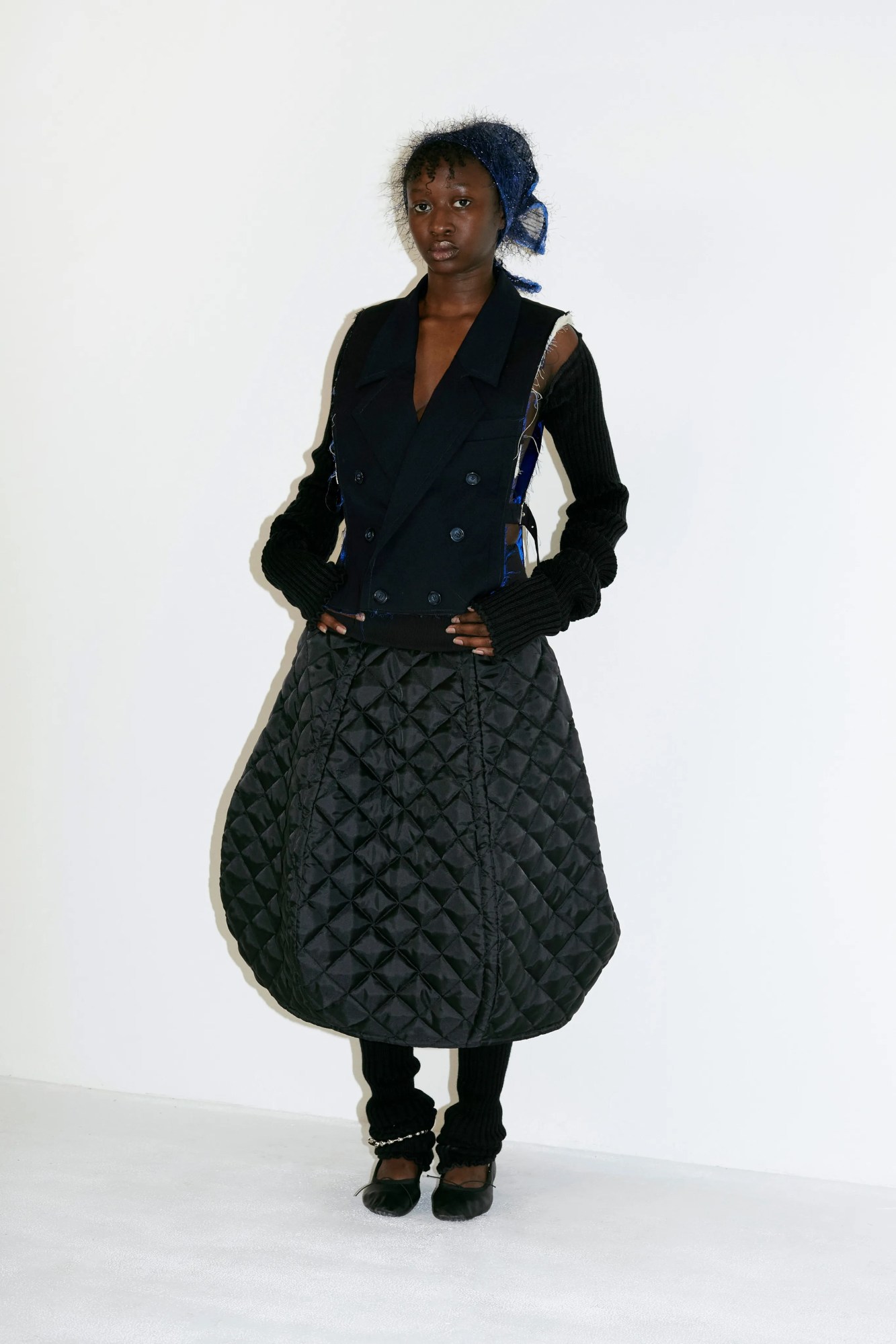
What would you say are the other most noteworthy developments in the Vaquera vocabulary this season?
Patric: That’s a hard one… I think playing with proportion has been something that we’ve done in the past, and had a lot of success and failure with. It’s been a bit of a Vaquera staple to take a garment that you see in everyday life, blow it up times-three, put it on a person and let them go. We’ve done a giant button-down, and then there’s our Tiffany bag dress that was featured in the Camp: Notes on Fashion at The Met. While that’s really cool, it’s difficult to wear and quite cumbersome. So we’ve been trying to play with proportion in ways that feel a bit more considered — ways you can actually wear. Like jeans that are based on toddler’s jeans, thinking about how they would look on an adult.
Claire: Another thing this season was finding different ways to work with jersey and t-shirting, creating something comfortable that’s still exciting to wear — just because we all wear t-shirts at the end of the day.
“We see Vaquera as a slow-burning flame. If you crank everything out as a huge big-bang statement, eventually you’ll lose your steam. We’re just going with how we feel in the moment.” — Claire Sullivan
It certainly feels like your most tangible work yet, more rooted in reality. And there are fewer overt visual puns. What’s behind that development?
Patric: It is a conscious choice. I think that we’ve all agreed that it doesn’t make sense for us to be the loudest people in the room at this moment. It was a revelation we had against the backdrop of COVID-19 and the Black Lives Matter movement. We asked ourselves: “Why are we doing this? What’s the point of having a fashion brand at the moment? I think that what we collectively arrived at was that it wasn’t to make these loud statements — it was to create a real wardrobe for people that’s still exciting. One that doesn’t bang you over the head with the concept. I think that, in a way, that will allow the clothes to be worn more easily, and also to last longer in someone’s wardrobe. When you get [the punchline] just like that, it’s a ba-dum-tss and it’s onto the next one; it’s almost a Forever 21 vibe, in a way. We want to create lasting pieces that you can keep, collect and give to your kids. And I think the direction we’re taking now feels more in-line with that.
Claire: We see Vaquera as a slow-burning flame. If you crank everything out as a huge big-bang statement, eventually you’ll lose your steam. We’re just going with how we feel in the moment.

Last September, there was the announcement that you had taken your partnership with Dover Street Market Paris to the next level. Has influenced the direction you’re taking things in at all?
Claire: Our relationship with them has been incredible for us, and it really is a partnership. They are handling a small percentage of the production, mainly the leather, the knits and a few of our shirting pieces. I think that it has pushed us to look at things through a more commercial lens, but we still have complete and total say over the creative side and what we want to do with the brand.
Patric: And if you think about Comme des Garçons, it’s one of the last major fashion houses that’s still independently owned. That spirit has really carried over to our partnership. I think we’re waiting for the catch, for them to get on the phone and be like, ‘More t-shirts!! We need bags!!!’ But it’s never like that. They’re just like, ‘Okay, whatever you want! We’ll see the collection when it’s ready.’ It’s so refreshing. I think that our movement towards a more tangible, real proposition is because of the Dover Street Market Paris partnership, but it’s also not. It’s something that we’ve been moving towards for years, and it feels really right at the moment, and we’re so grateful for their help.
Alongside the look book, you’ve also created a film this season. What can you tell us about it?
Patric: The concept is quite simple. It’s really just a utilitarian tool just to see the clothes in motion and to let our cast members’ personalities really shine in a way that couldn’t through stills. Using these very simple, straightforward ways of presenting our collections, but doing it in our way and letting the clothes and the cast speak for themselves, has become a Vaquera staple. Before the pandemic, we were doing very traditional runway shows that happened in the way that runway shows have been happening since the ‘30s. When we were faced with how to activate this collection, we all agreed that doing a socially distanced show or sending people gifts in the mail just doesn’t feel very us. Keeping it simple, keeping it chic, keeping it straightforward, and letting our cast and our clothes speak for themselves is something that we know works well for us.
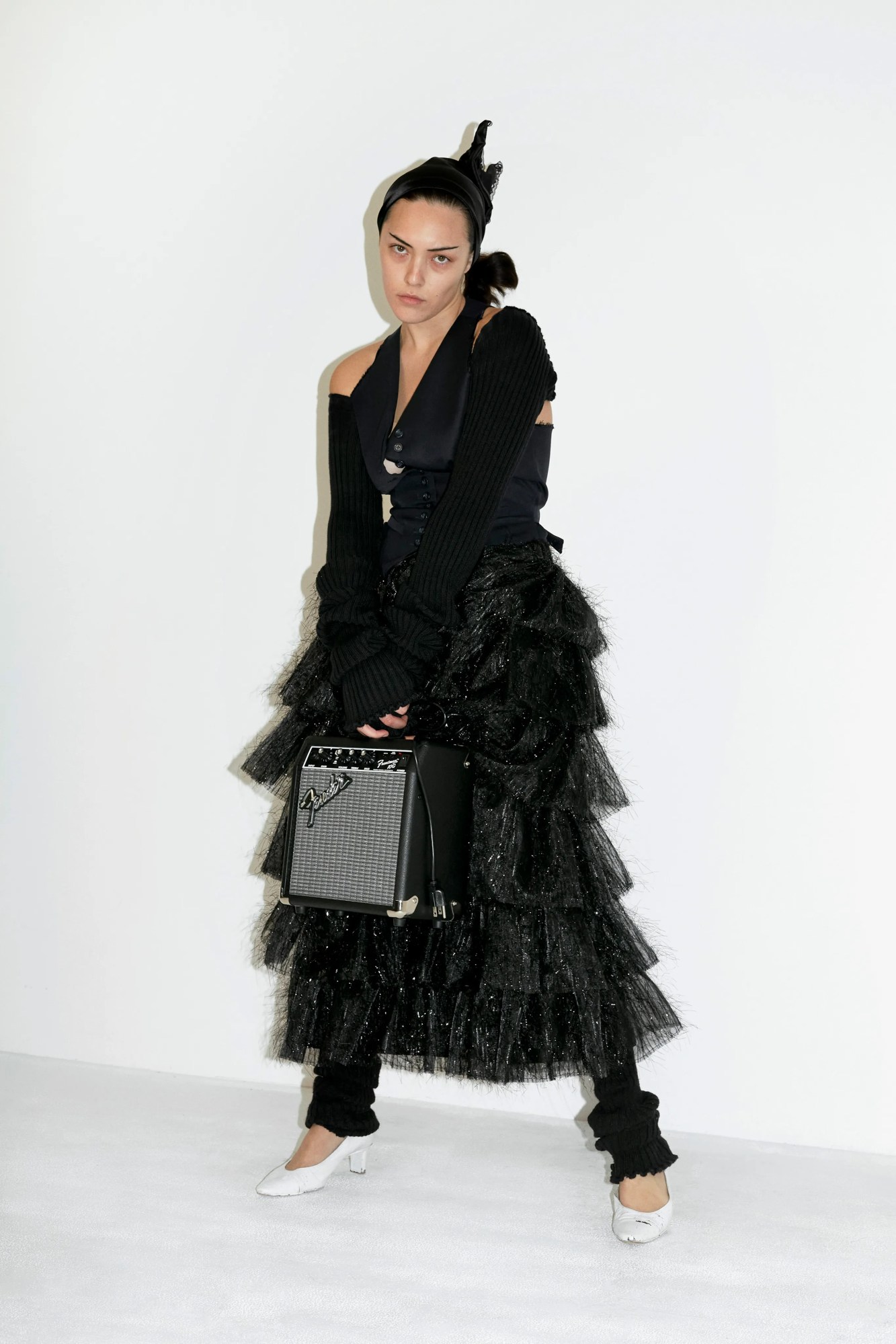


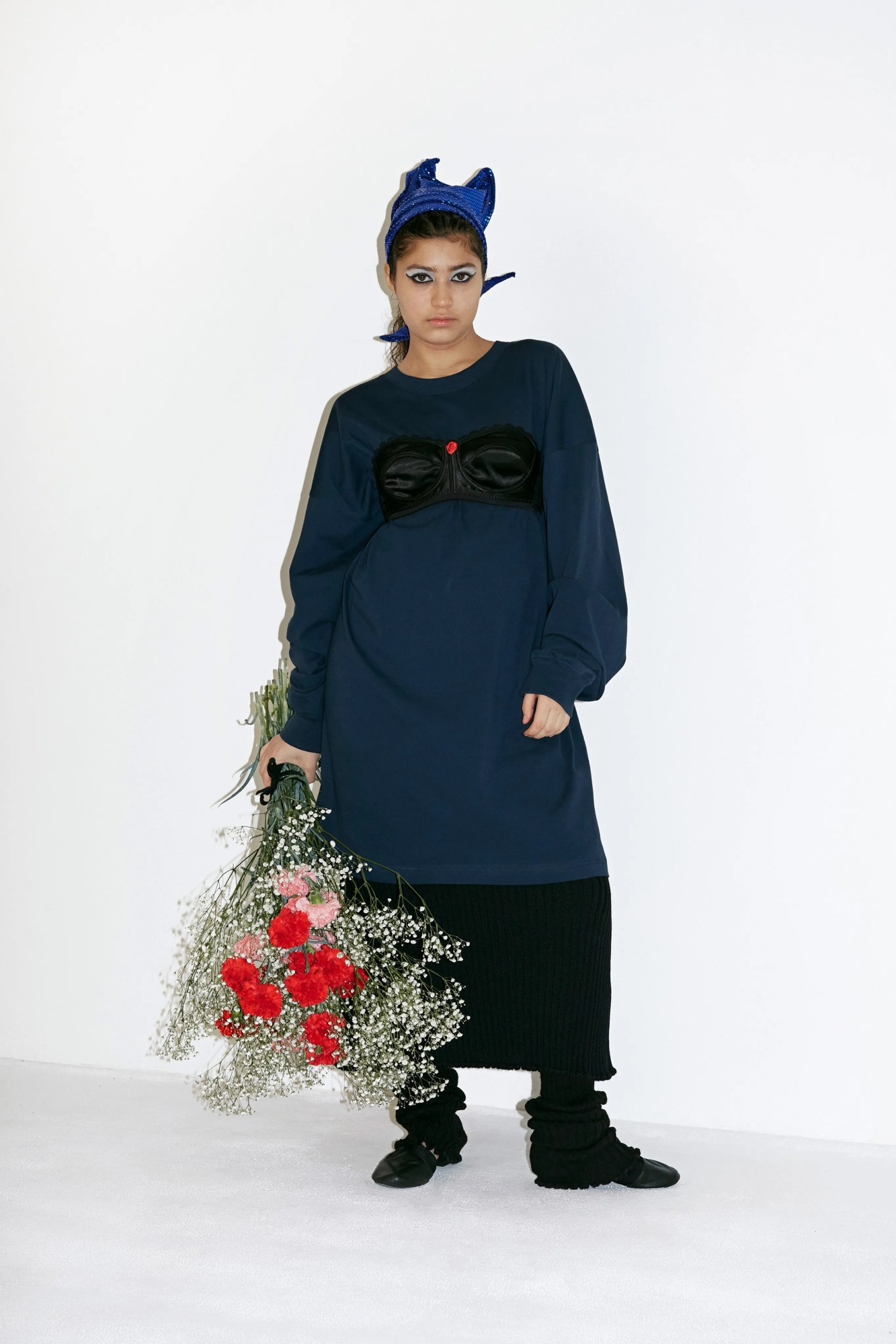
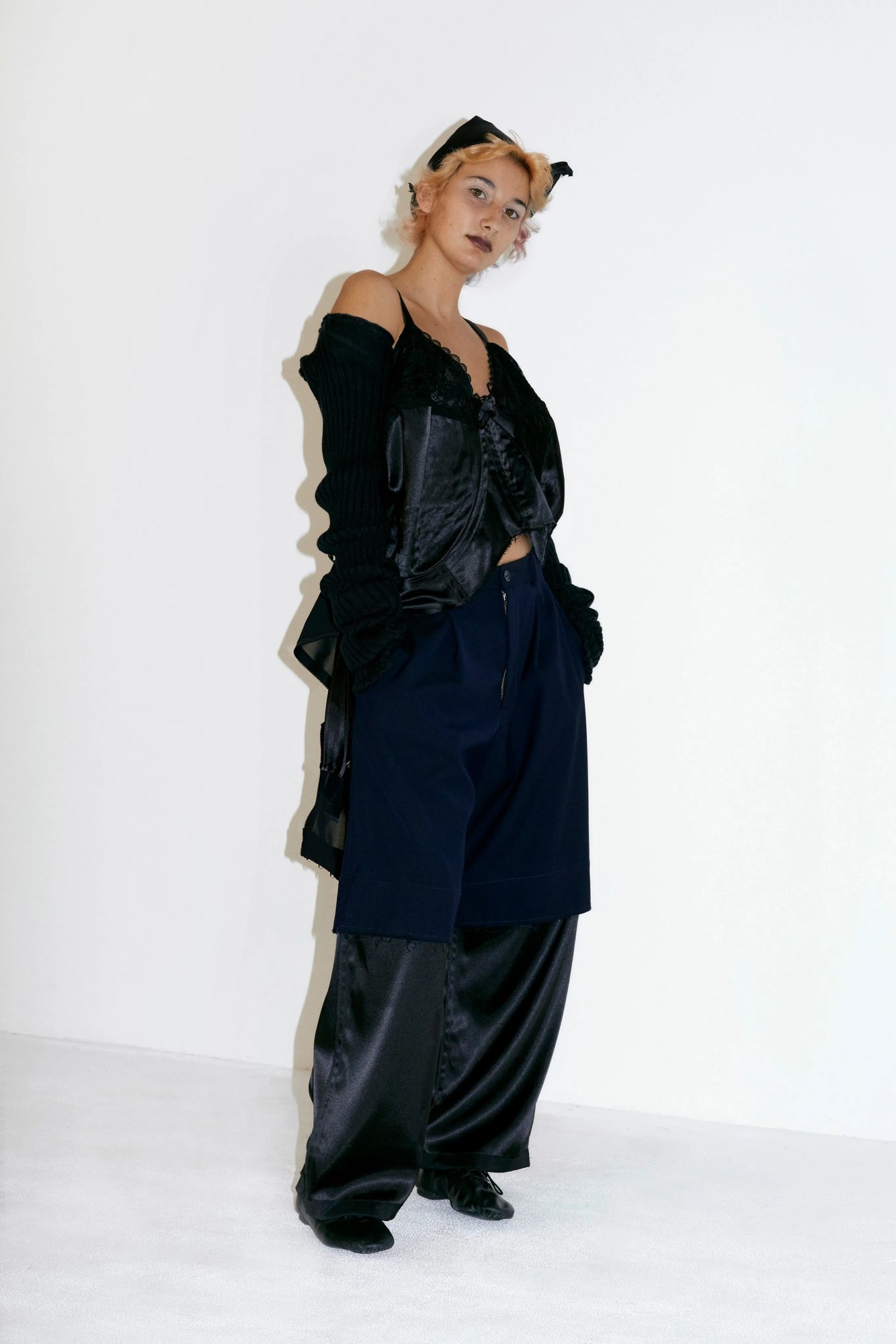
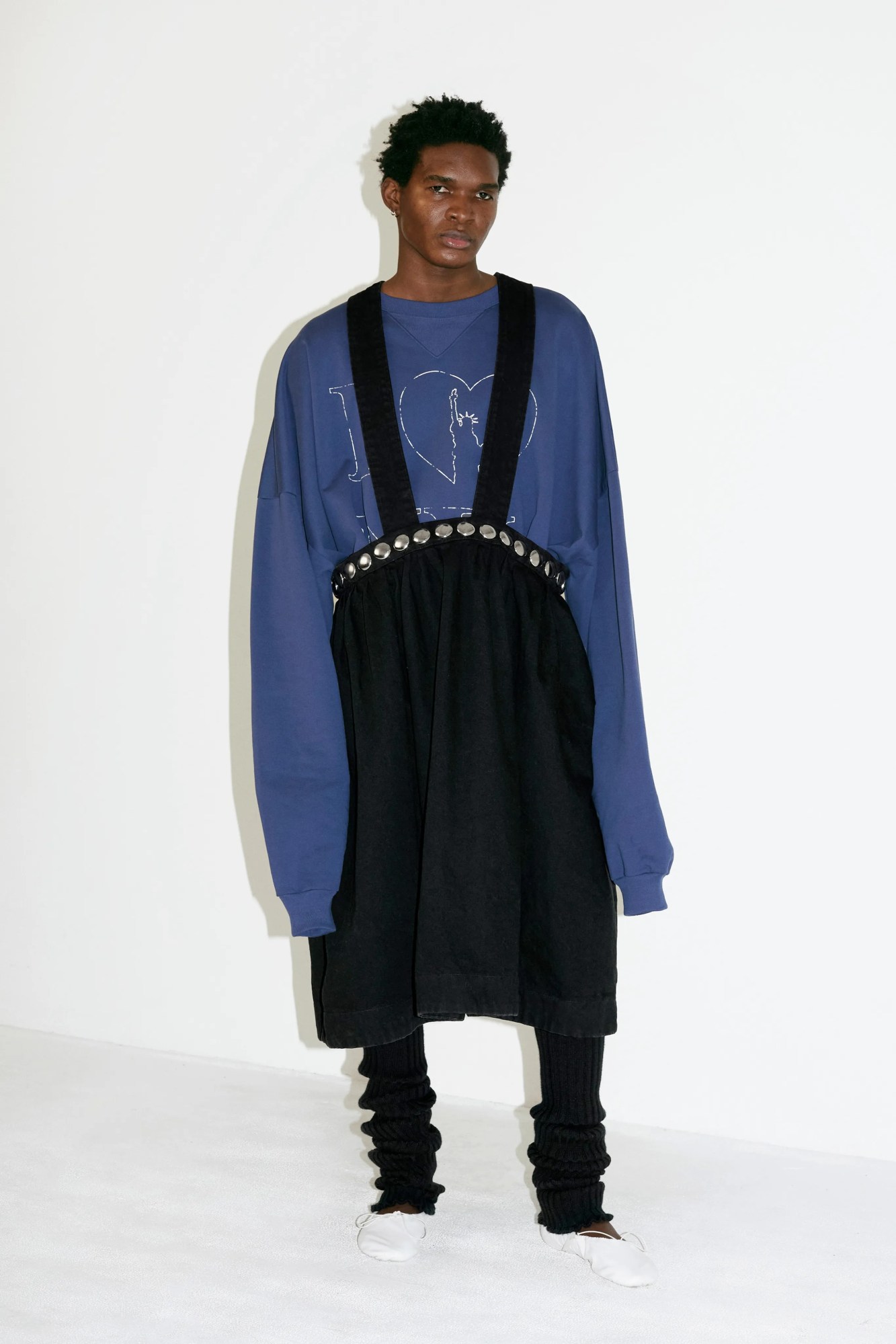
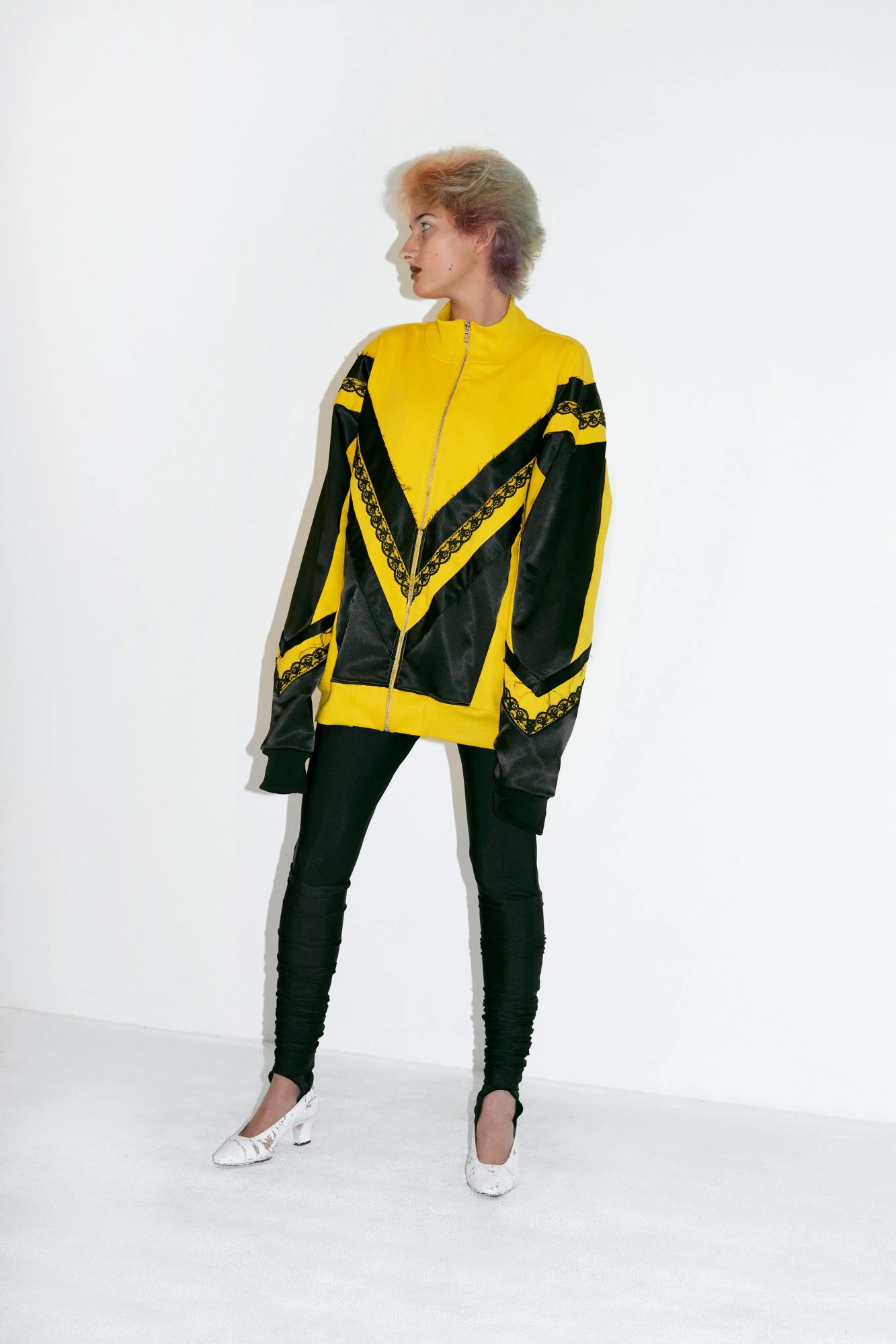
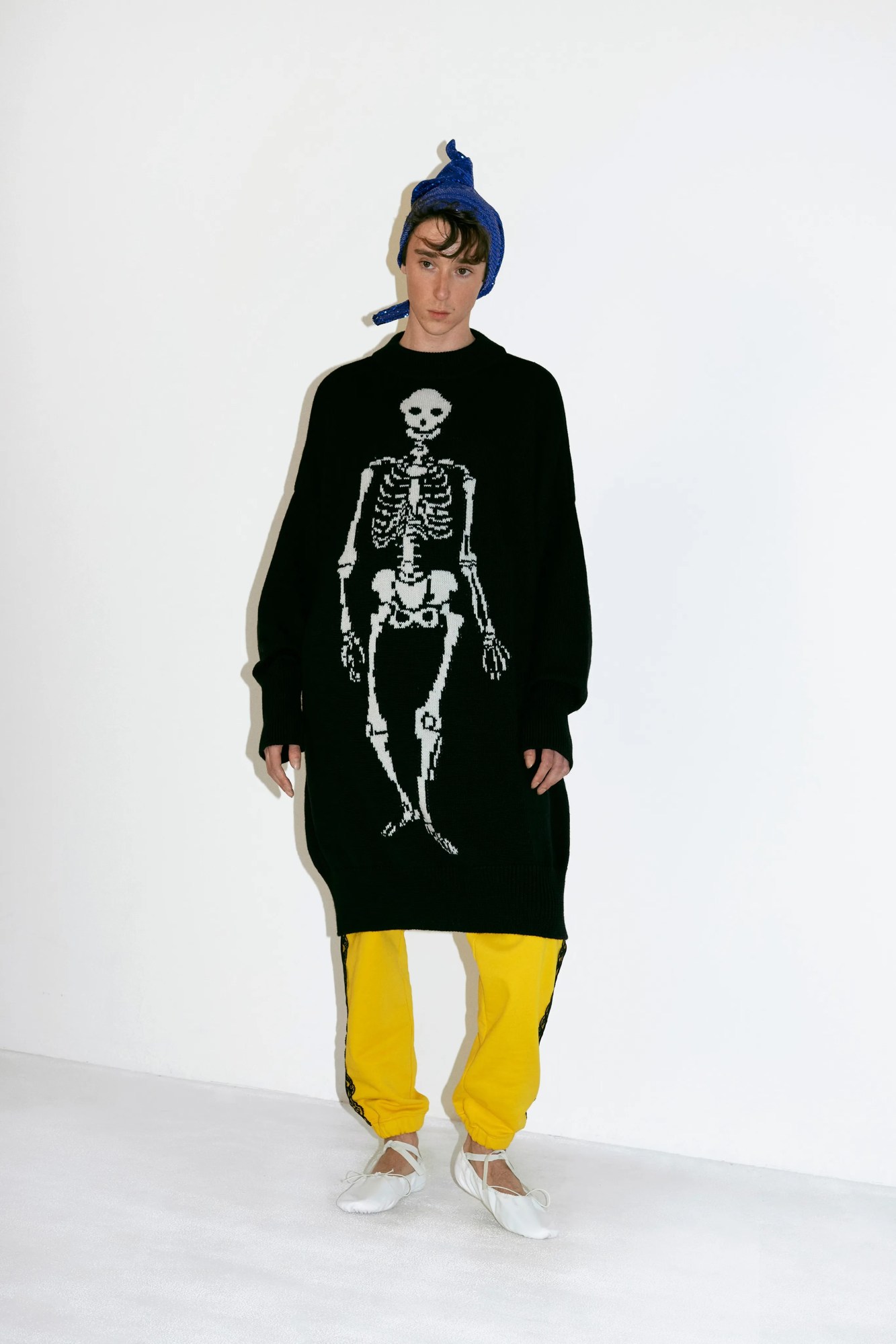


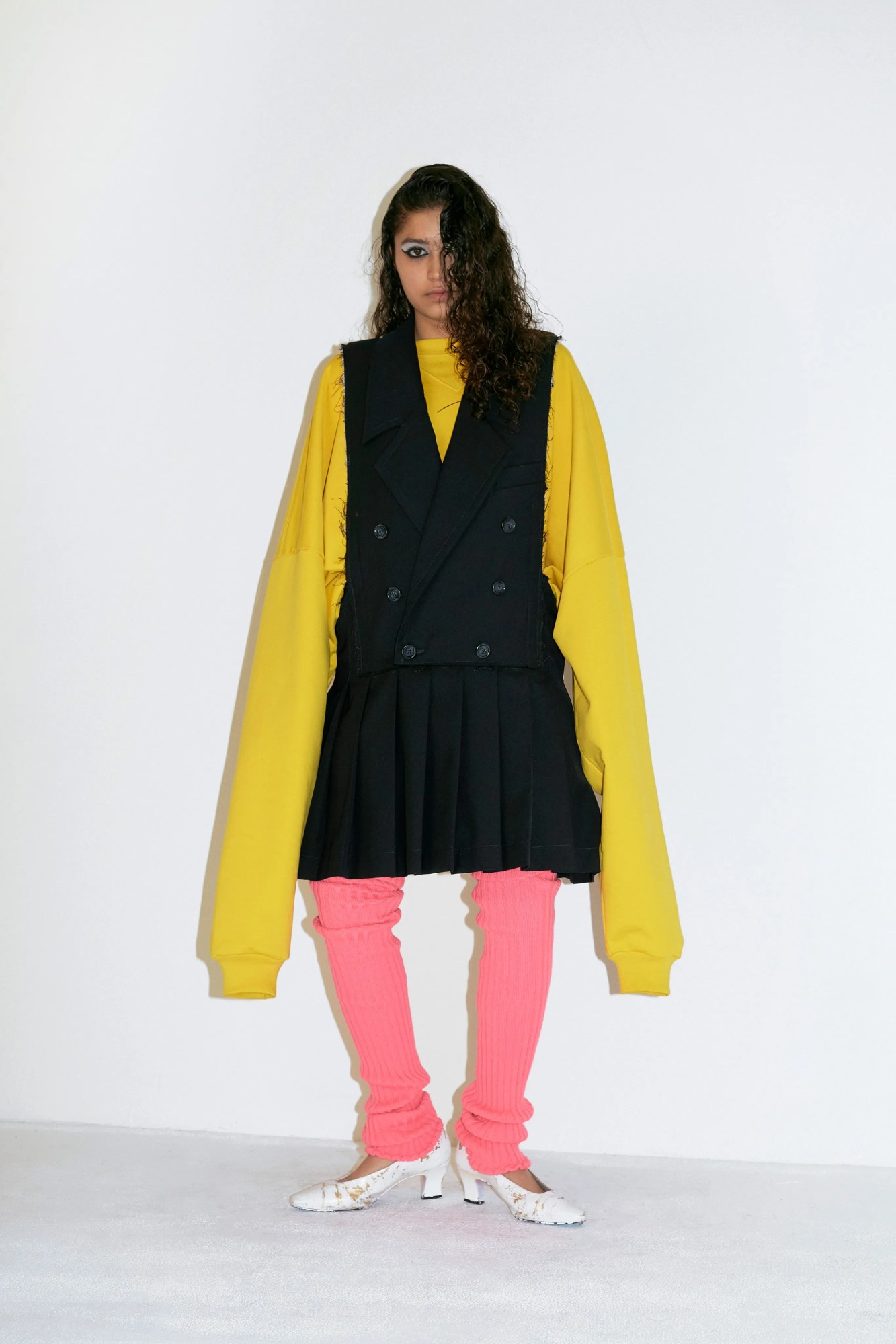
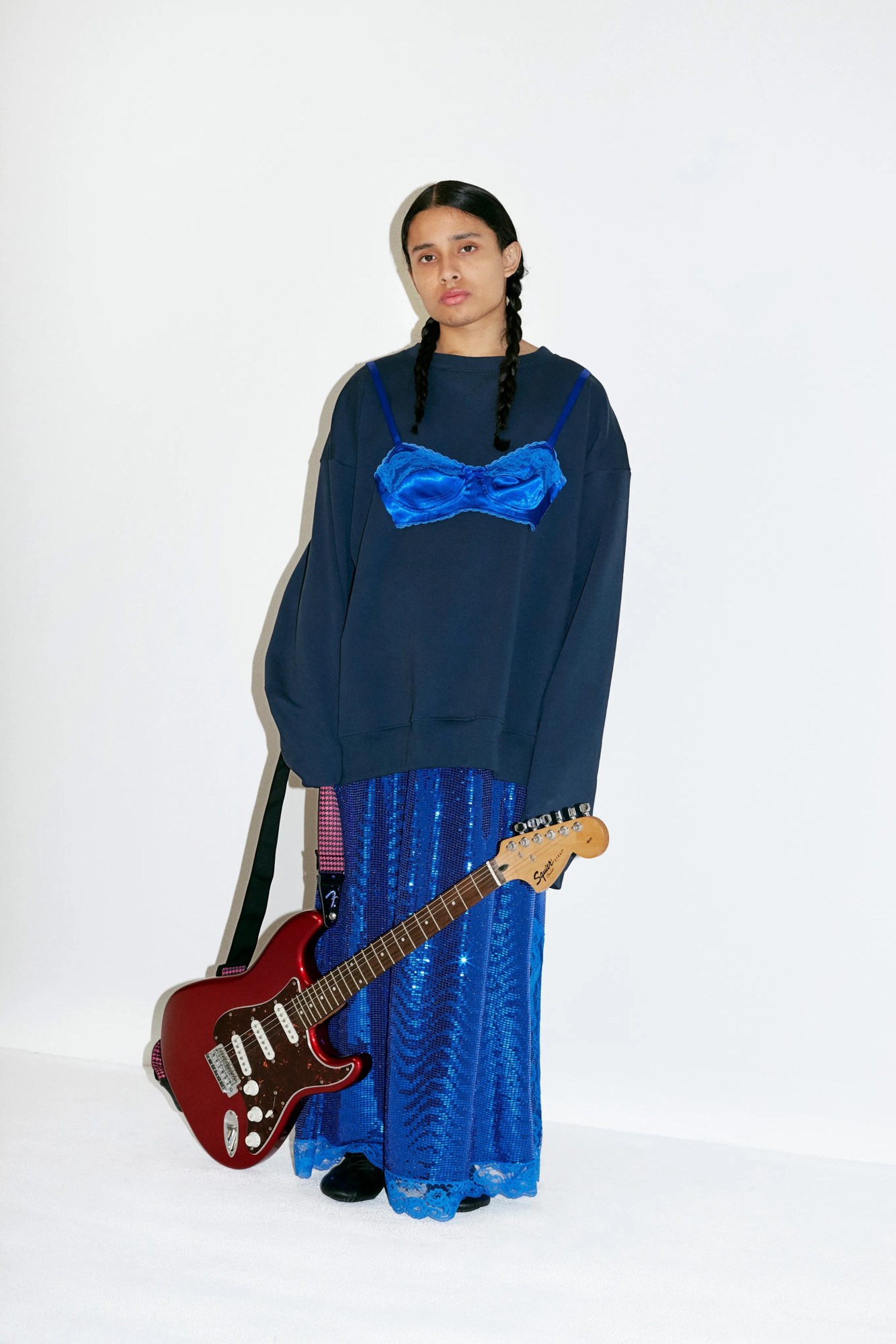
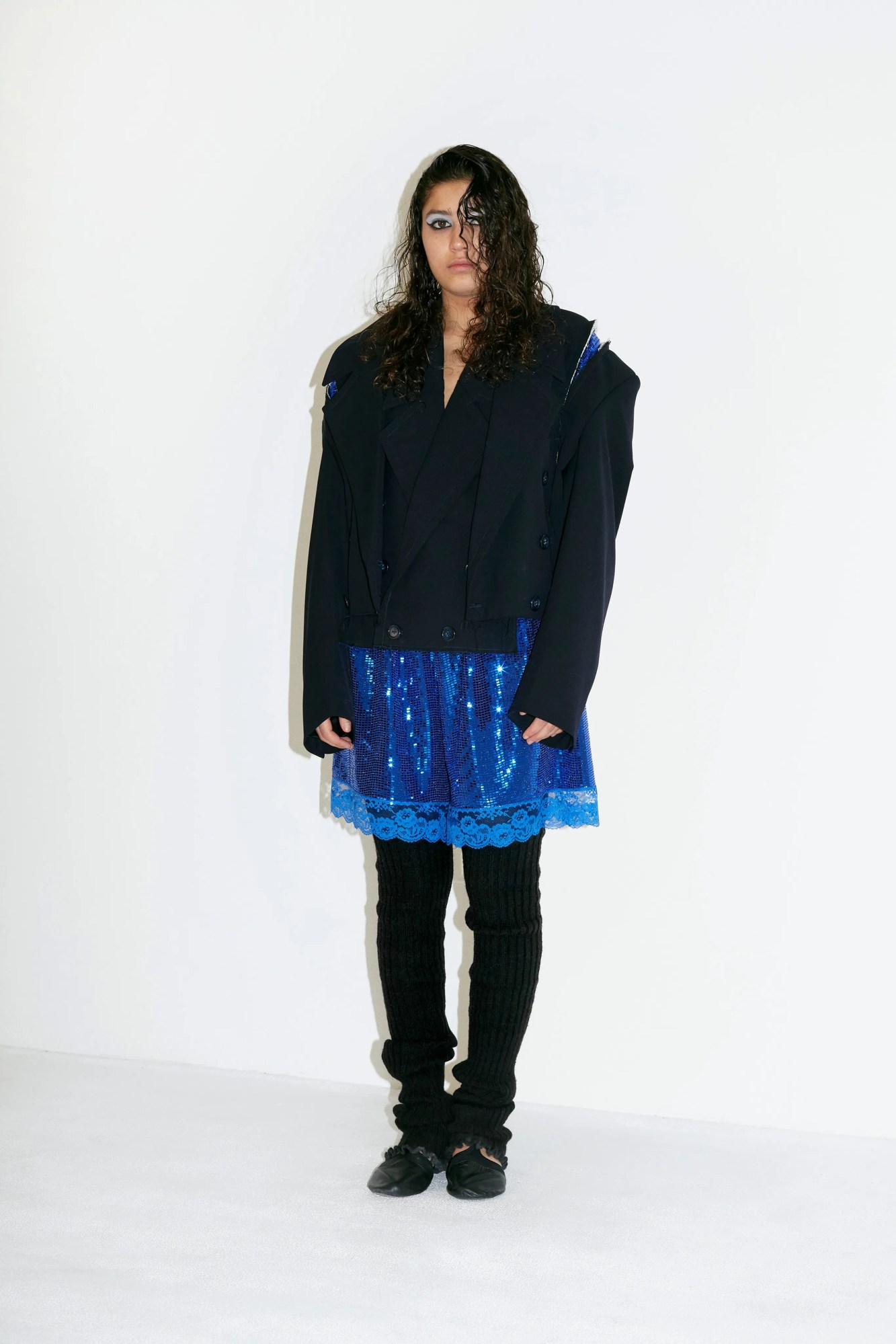
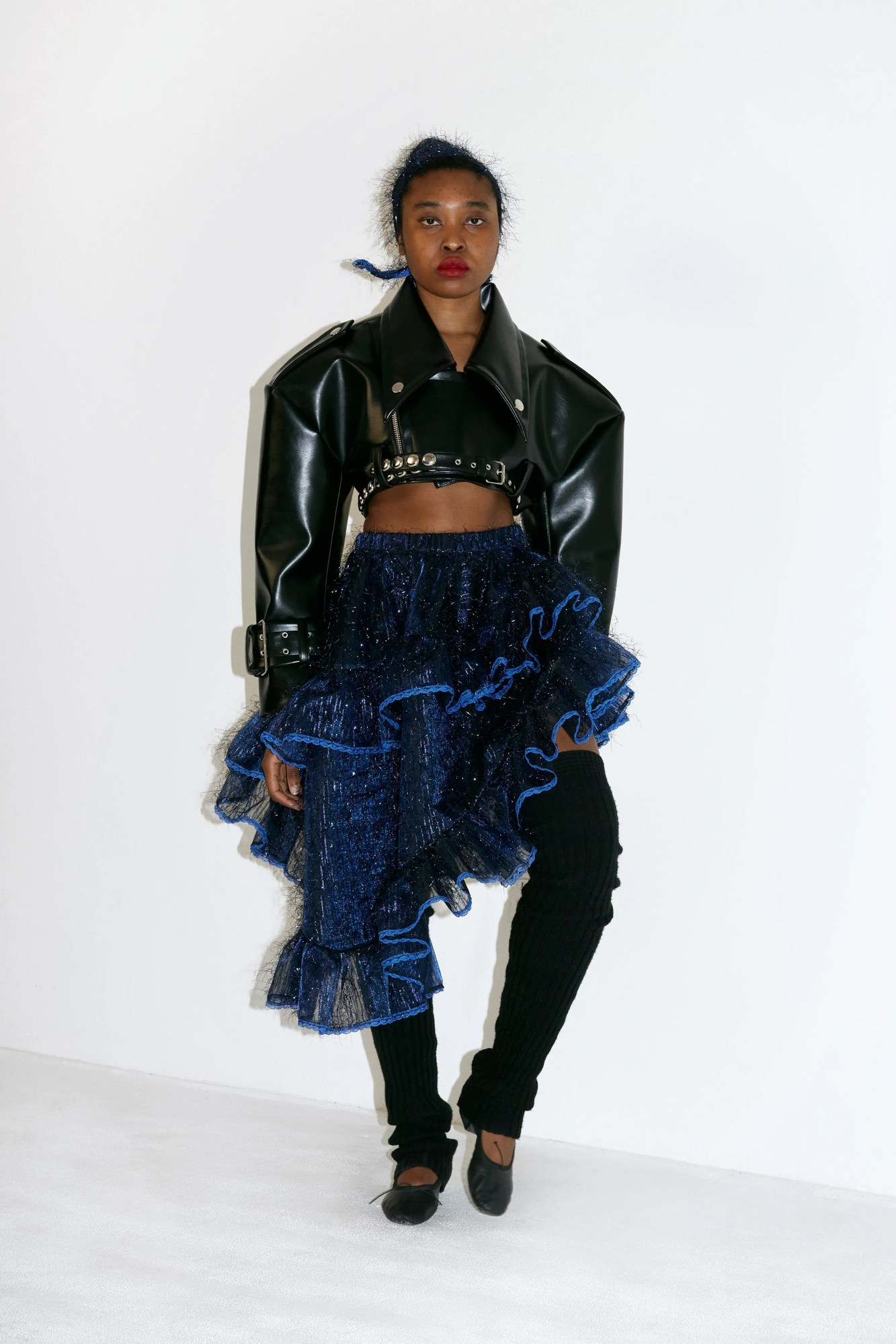
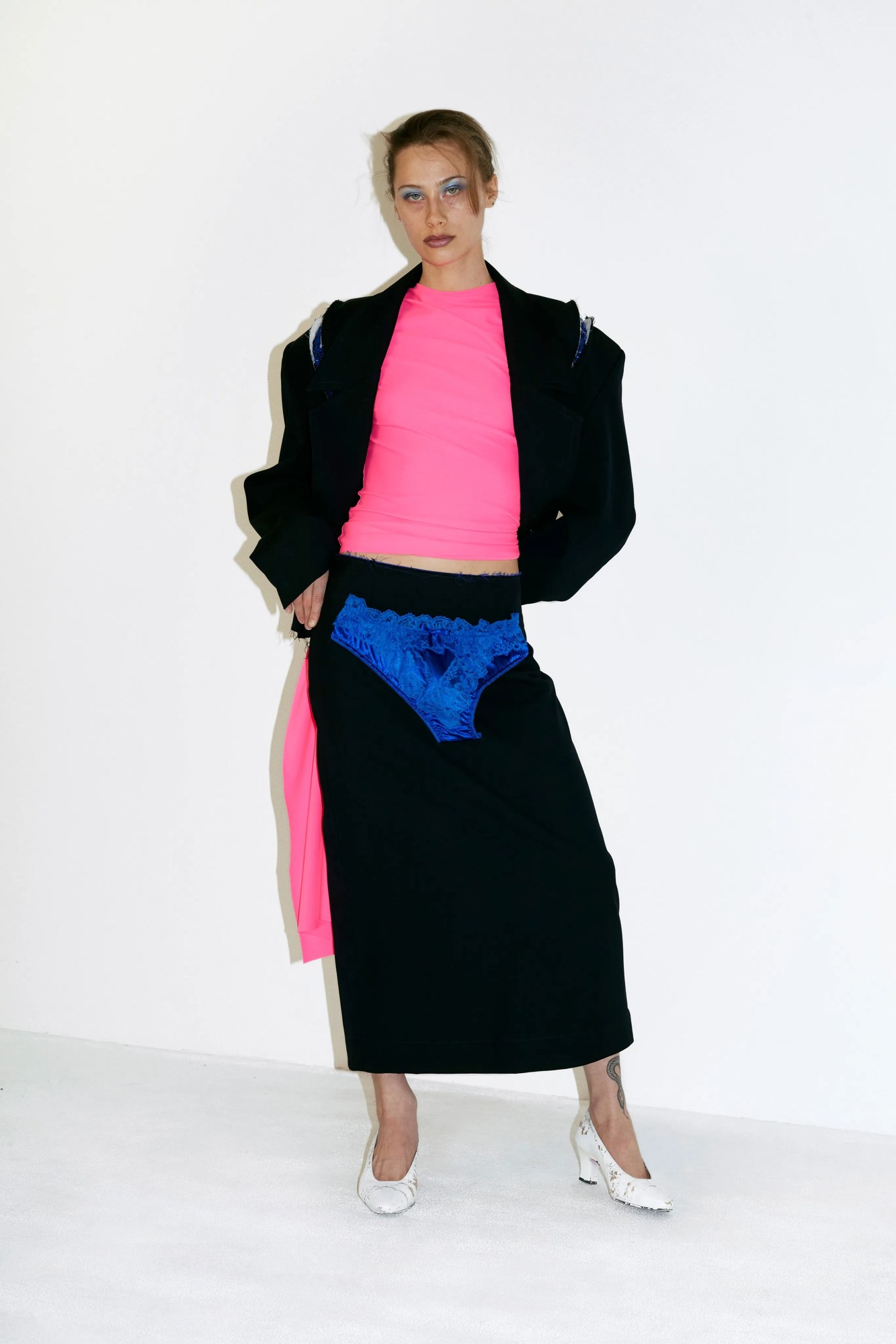
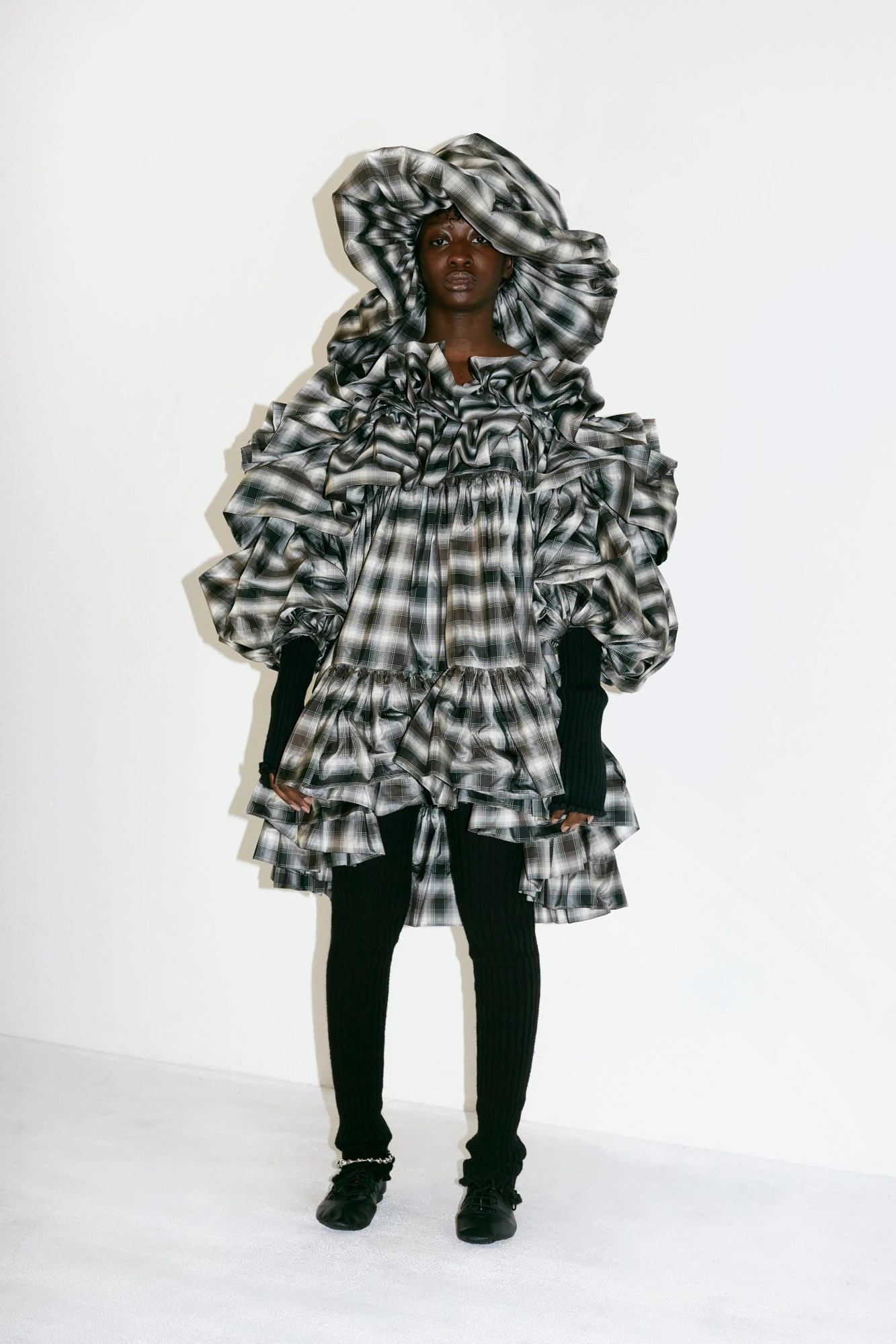
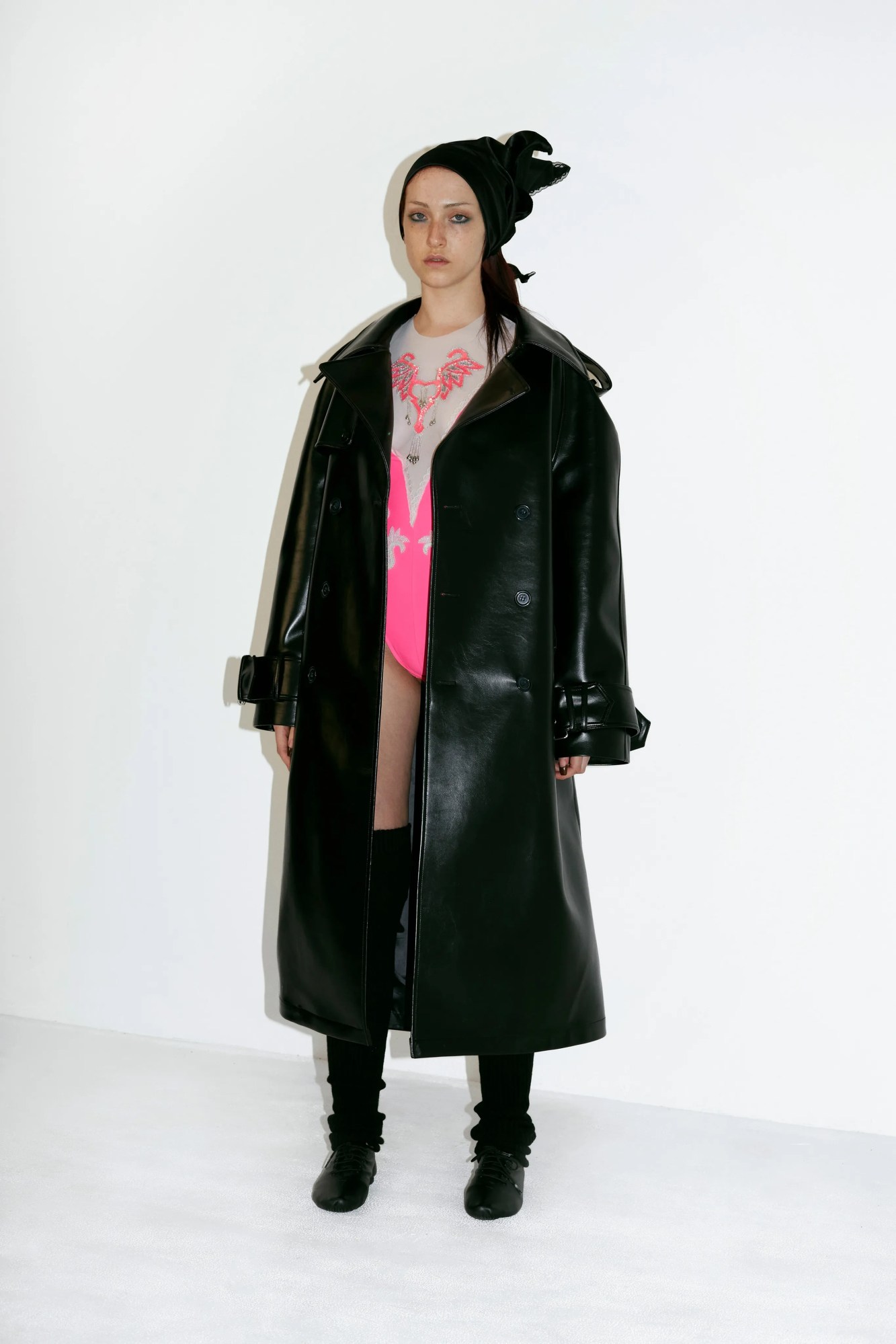
Credits
Photography Grace Ahlbom
Videographer Diego Donival
Styling Emma Wyman
Casting Midland Agency
Makeup Emi Kaneko at Bryant Artists
Hair Dylan Chavles at The Wall Group
Audio Production Walter Pearce
Show Notes Jack Sunnucks
